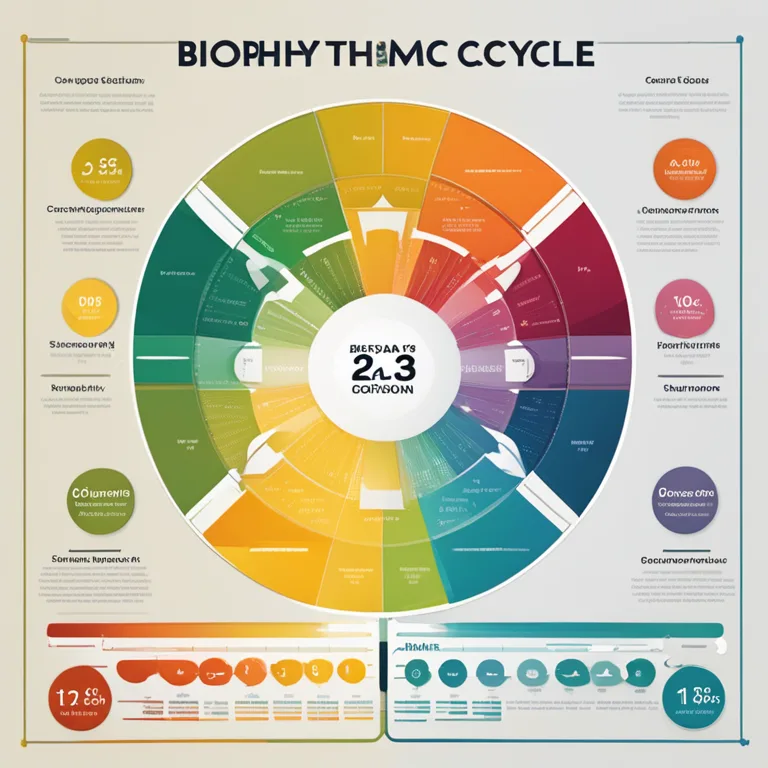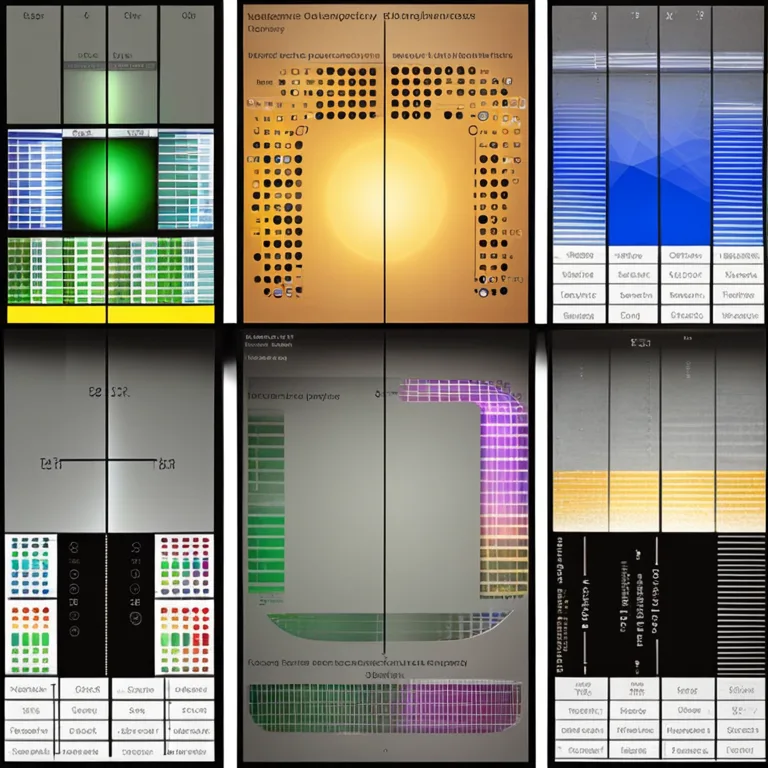
The Rhythms of Life: Understanding Human Biorhythms
Delve into the intricacies of human biorhythms and discover how these natural cycles influence our physical, emotional, and intellectual states.
article by Adrian Wallace
Introduction to Biorhythms
Biorhythms are thought to be the natural oscillations of our body and mind, influencing our physical, emotional, and intellectual capacities. The theory of biorhythms suggests that from the moment we are born, we operate on three primary cycles: the physical (23 days), emotional (28 days), and intellectual (33 days) cycles, each ebbing and flowing in predictable patterns. These rhythms are believed to shape our experiences and reactions to the world around us, often without us being consciously aware of their subtle effects.

Physical Biorhythm Cycle
The physical biorhythm cycle spans 23 days and governs our energy levels, strength, and overall physical condition. When the curve of this cycle is on the rise, it's regarded as a time for physical vitality and peak performance, while the downward phase suggests a period where rest and recuperation might be necessary. The point of transition from high to low, or vice versa, known as a critical day, is believed to correspond with increased vulnerability to physical strain or injury.

Emotional Biorhythm Cycle
On a 28-day rotation, akin to the lunar cycle, the emotional biorhythm cycle ebbs and flows through peaks and troughs that are thought to mirror our mood and sensitivity. High phases are characterized by emotional stability and positive well-being, whereas the low phases might feel like an emotional rollercoaster, impacting our interpersonal relationships and mood. Just as with the physical cycle, critical days within the emotional cycle can denote moments of emotional uncertainty or heightened sensitivity.

Intellectual Biorhythm Cycle
The intellectual biorhythm cycle lasts 33 days and influences our cognitive functions such as memory, alertness, and logical reasoning. Periods of intellectual clarity and heightened analytical ability contrast with times where our mental faculties may feel clouded or sluggish. The intellectual cycle's high phases can be opportune times for learning and problem-solving, while the lows might benefit from less intellectually demanding activities.

Interpreting Biorhythm Charts
Biorhythm charts graphically represent the various cycles, allowing one to predict their personal highs and lows. The charts can serve as a guide for planning activities or making decisions by aligning with the predicted phases of our biorhythms. As the cycles are of differing lengths, the interaction between them creates a complex pattern of personal well-being, which enthusiasts believe can be harnessed for improved life management and decision making.
Biorhythms in Modern Life
In an age of high-tech wearables and holistic wellness, biorhythms have found new relevance. The increasing interest in personal data and analytics has led to the integration of biorhythmic calculations into health and fitness apps. These digital platforms aim to personalize our daily routines, optimize our performance, and possibly even help us understand and manage our emotions and stress more effectively, all through the lens of our unique biorhythmic patterns.
Critical Considerations
It's important to note that while biorhythm theory has its followers, it has been met with skepticism within the scientific community. The idea that physiological and emotional fluctuations could be so precisely timed and predictable is a contentious one, and studies on the subject have yielded mixed results. As ever, it is wise for individuals to approach the concept with an open yet critical mind, incorporating what they find personally beneficial into their self-awareness practice.
Conclusion
The concept of human biorhythm cycles presents an intriguing framework for understanding the rhythmic patterns of our bodies and minds. Although not supported by all scientists, many individuals find value in considering their own cycles when planning their activities and making life choices. As the discussion and interest around biorhythms continue to evolve, perhaps future research will shed new light on this facet of human experience.
Published: 1/4/2024
Modified: 1/4/2024
More predictions
Come back here soon to learn more about yourself and your future


The Rhythms of Life: Understanding Biological Cycles
Delve into the fascinating world of biological rhythms and discover how they shape our lives, influence our health, and intertwine with nature's ebb and flow.


The Rhythms of Life: Mastering Biorhythm Reading
Discover the fascinating world of biorhythm reading and how it can provide insight into your personal, physical, emotional, and intellectual cycles.


Harmonizing Hearts: The Biorhythm Love Match
Discover how the biorhythm love match can influence your romantic connections and harmonize relationships by syncing life's natural rhythms.